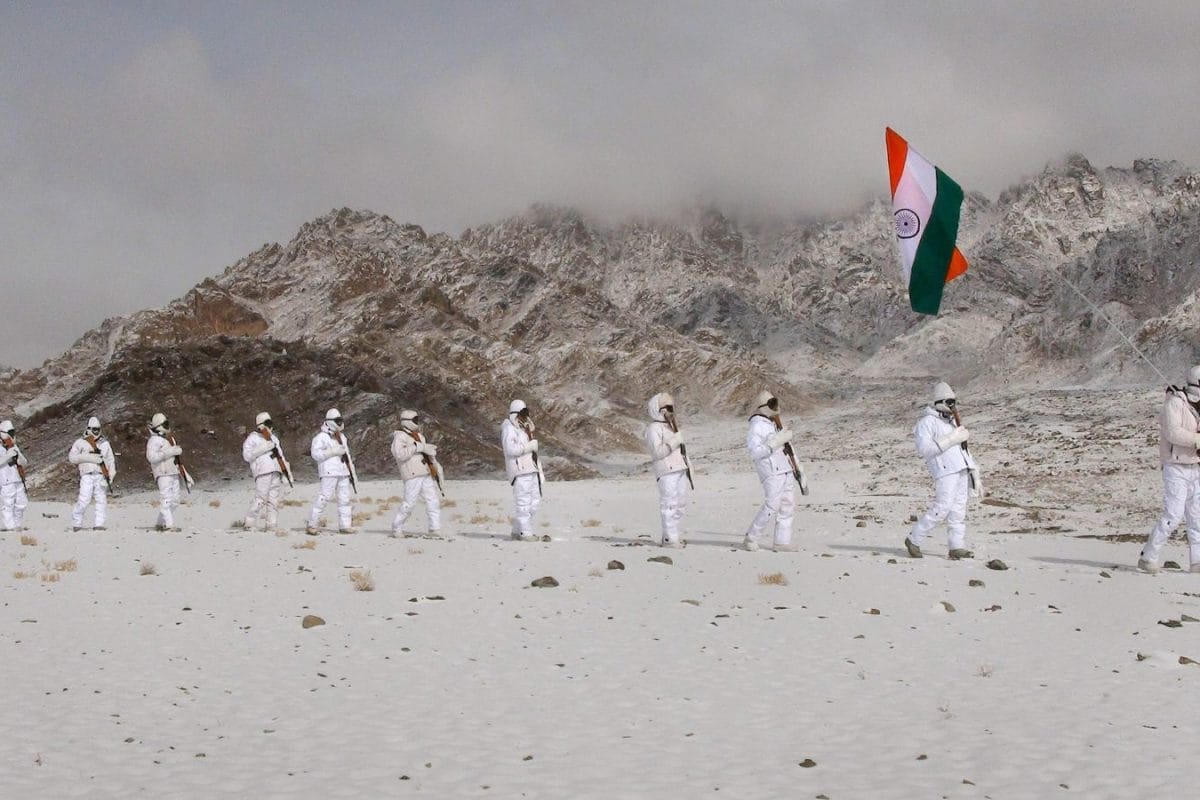

The India-China border, specifically the Line of Actual Control (LAC), is known for its harsh climate, with temperatures plummeting to as low as -45°C. This extreme weather poses significant challenges for the Indian soldiers stationed there. To address these challenges, there are ongoing efforts to enhance the climate resilience of border posts, providing much-needed relief to the troops.
The Sino-Indian border dispute stems from British colonial-era border agreements, particularly the McMahon Line, which China has never accepted. The dispute also involves Aksai Chin, controlled by China after the 1962 war. The lack of recognized boundary agreements has led to tensions and military clashes. The LAC is divided into three sectors: the western sector between Ladakh and the Tibet and Xinjiang autonomous regions, the middle sector between Uttarakhand and Himachal Pradesh and the Tibet autonomous region, and the eastern sector between Arunachal Pradesh and the Tibet autonomous region.
Recent high-level diplomatic interactions have led to disengagement along the LAC. Both India and China have mutually agreed on and verified disengagement from five friction points, including Galwan Valley, Pangong Tso, and Gogra-Hot Springs. However, Demchok and Depsang remain unresolved. Despite multiple rounds of talks, agreements on these areas have not materialized. Both countries have continued infrastructure development and troop deployments along the 3,488 km-long LAC, with approximately 50,000-60,000 troops stationed on each side. China's infrastructure build-up and new weaponry have altered the status quo, prompting India to respond with similar enhancements, potentially leading to military escalation.
To ensure troops can withstand the extreme conditions, new infrastructure is being developed. This includes thermal shelters developed by the Army Engineering University of the Chinese People's Liberation Army (PLA), which can function in temperatures as low as -55°C and at altitudes of 5,500 meters. These shelters include dormitories, canteens, washing rooms, toilets, warehouses, microgrids, and heating equipment. The integrated photovoltaic micro-grids ensure energy self-sufficiency, maintaining indoor temperatures above 15°C even when outdoor temperatures drop to -40°C. Diesel heaters provide emergency heating during prolonged rain and snow. Soldiers have also been issued new high-tech clothing, including cold-proof hoods, warm training clothes, and lightweight cold-proof training coats.
In October 2024, India and China reached an agreement on patrolling arrangements along the LAC, potentially leading to disengagement. Foreign Secretary Vikram Misri announced that this agreement could lead to a resolution of the issues that arose in 2020. Following the agreement, soldiers can resume patrolling as before the 2020 standoff, facilitating Indian troops' patrolling in Depsang and Demchok up to the old patrolling points.
Despite these developments, challenges and concerns remain. Minimal discussion has occurred regarding the initial causes of the 2020 tensions, such as the PLA's actions at the LAC. Tensions persist due to revelations about the PLA's collaboration with Pakistan's army. While efforts to restore bilateral ties are ongoing, the absence of transparency and resolution on pivotal issues poses a risk to the process.
The ongoing infrastructure development is crucial for maintaining combat readiness and troop morale in the harsh winter conditions. The ability to move forces and switch sectors is also enhanced by infrastructure improvements.